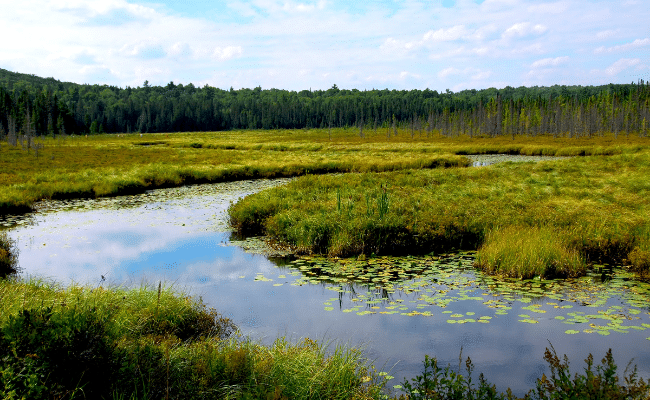Input on Levee Safety Needed
USACE and FEMA are working together to develop a National Levee Safety Program. Each agency has a role in levee safety and this is an attempt to coordinate the programs and help levee owners, communities, and states get a handle on the elements involved in such programs. As part of this initiative, they are hosting a series of webinars for stakeholders in January and February. Visit www.leveesafety.org to see the dates and sign up for one.
Why is it important you stay abreast of this? First of all, there are more than 30,000 miles of levees in the United States. About half have actually been inspected and have some level of approval from the Corps (if the Corps was provided tax dollars to build it), FEMA (if FEMA determined that it met standards to remove floodplain development regulations behind the levee) or a state (if the state has a program to regulate levees). The rest of them may never had been designed or built to any standard, and certainly not to today’s standards.
Many levees have people living behind them, some of whom may actually think the levee always protects them from flooding. Some are not even aware they are behind a levee. Having that awareness can help people decide whether to buy there, what to do if they are told to evacuate because the levee may be overtopped or wash out, who is responsible for the levee, and so on.
We are pleased the Corps and FEMA are working together on this effort, and the webinars are your opportunity to listen to what they are doing and to make suggestions for improvement. What are they missing? What does your community need to know to better manage a levee? How should residents be notified about levee safety issues? What might happen if the levee is threatened by flooding?
It is also important the for Corps and FEMA to explain how locals and states should consider what is needed for any levee analysis; including the setback of any rebuild or new levee or the removal of a failed levee. Levees can present not only a safety threat to people and community but also present a significant liability to the community. Levees can offer some protection to those behind it, but they can also provide a false sense of security, thinking it will always protect. Additionally, levees interrupt the natural functions of a floodplain and by design, raise flood elevations outside of the levee footprint.
While the National Levee Safety Program will provide some guidelines on levee safety, it is important to remember that levee adequacy will only be assured if some entity has regulatory oversight of the levee to make sure it is planned, designed, constructed, and properly operated and maintained. Federal agencies do not have regulatory authority. They may provide tax funds to build, but they do not regulate the levee nor ensure its safety. How do you think that needs to be done?
We urge any of you who deal with or have levees in your state or community to register for these webinars and provide your ideas on the issues and priorities the levee program needs to address



